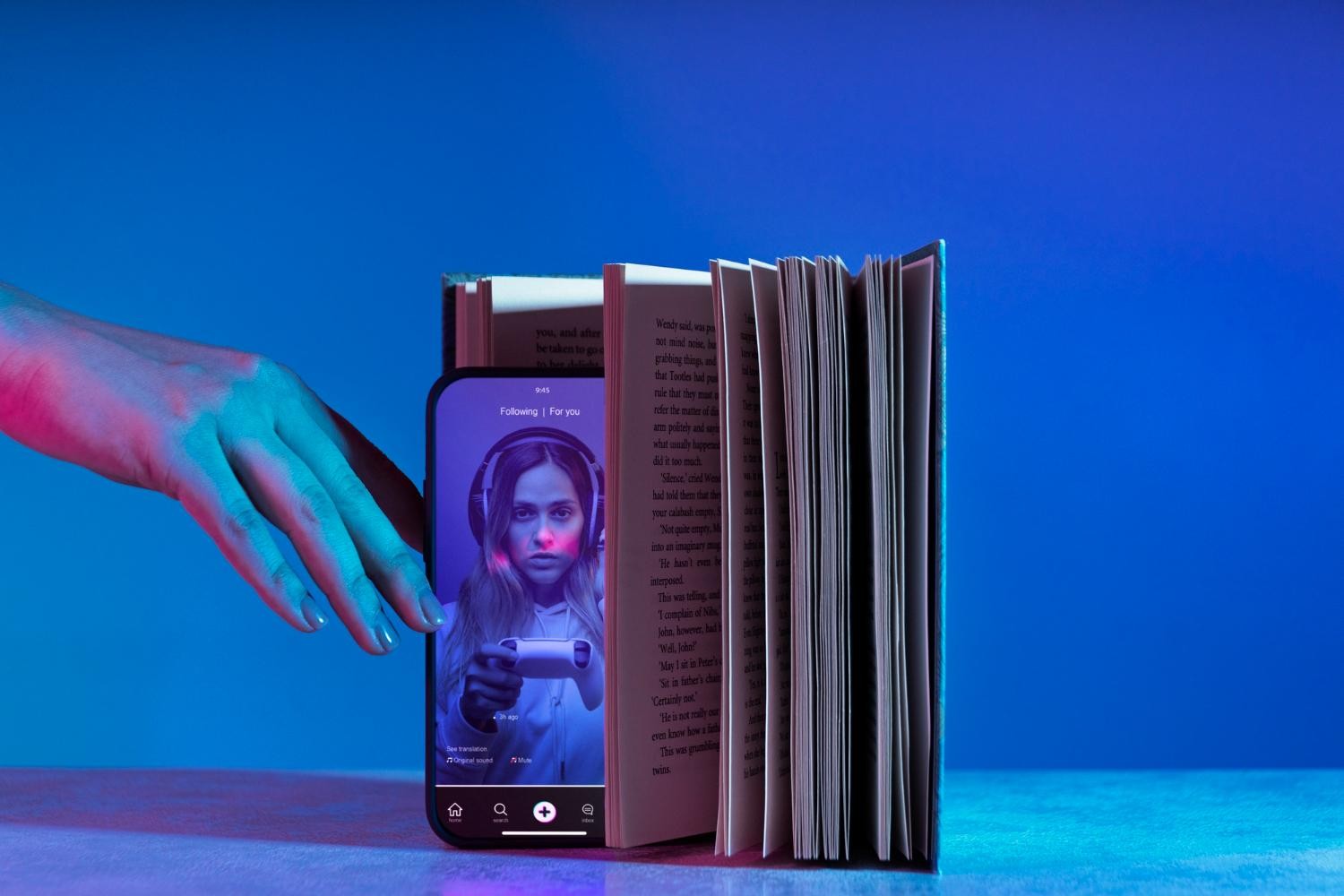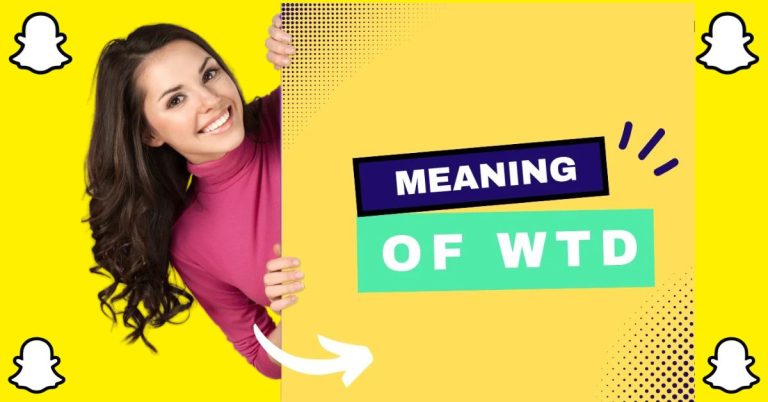AR, AI, and Short-Form Video: The Next Wave of Social Media
Finding what we wanted on social media used to take a lot of searching, sifting, and scrolling through endless feeds. So imagine the thrill when we began instantly seeing content that felt like it was made for us. If you were searching for videos on how to keep your dog engaged or shopping for a dress in a specific style and colour, artificial intelligence (AI) would simplify the process and show you what you want, sometimes before you even know it. Then, there’s augmented reality (AR), which has changed how we engage with social media by bringing experiences into the real world.
Social media today is almost “otherworldly,” with AR, AI, and short-form clips moving past gimmicks and becoming central to the future of content in various industries.
How AR Brings Content to Life
Augmented reality has become most prominent on social media platforms like TikTok and Snapchat, where it overlays digital elements onto the real world. While it has come in the form of playful filters like animal and ageing filters for over a decade now, it has proven to have more useful applications. For example, you can see what clothing and accessories look like on you rather than a model. Or you may want to see what a kitchen renovation looks like before contractors arrive on site.
The technology tracks faces, surroundings, and bodies with sensors and cameras so digital elements look like they’re part of the environment. When you move, the glasses you tried on move naturally with your head movements and that couch you “placed” in your living room stays put. Many people still prefer using AR for pure “fun,” but many others are seeing its benefits in marketing, e-commerce, content discovery, and overall, increasing engagement.
AI and Personalised Feeds
AR makes content interactive, while AI does all the personalisation. If you use any sort of social media, you’ll have noticed that a simple search or a browsing session can completely change and impact what appears in your feed. Based on factors like behaviour, likes and dislikes, and engagement patterns, AI will do the work to show you suggestions, videos, and other content tailored to you — and tools like AI Humanizer help make AI-powered content feel more natural in these feeds. And it’s not just a case of X triggering Y. AI uses complex algorithms that analyse patterns and interactions over time and in real time.
That’s why social media feeds feel so intuitive and addictive—we seamlessly receive the right content at the right time. For creators and brands on the other side, learning how these predictive algorithms work can dictate success online.
Predictive Algorithms and Virality
Predictive algorithms determine what goes viral on social media. That’s a huge deal, considering these platforms’ sheer reach and user base. Facebook boasts 3 billion monthly active users, while Instagram has a total of around 2 billion.
While existing offline popularity and initial traction on the app play a role in visibility, it’s still quite a task to trend globally. In relation to virality, the algorithm goes through vast amounts of user data, including shares, likes, and watch time, to predict the content most likely to get the attention of the general public. The more the content aligns with all these signals, the more brownie points it earns with the algorithm.
Like SEO for websites, creators can strategically design their content around engagement patterns to improve their chances of hitting the sweet spot. Short-form videos, trending formats, and clever, relevant hooks have all been proven to perform especially well. Rather than guessing what will be popular, creators now design content more intentionally.
Using AR and AI in Other Industries
Personalisation and interactivity are relevant in all industries. Sure, they may show up in different ways, but the principle is consistent across the board. Brands and companies want to provide online experiences that are both unique and uniquely made for each user in their target audience. In education spaces, short-form AR tutorials can turn otherwise dry and uninspiring lessons into hands-on experiences. Imagine visualising animals in their natural habitat or exploring ancient civilisations through AR reconstructions.
Meanwhile, cosmetic companies use AR to let shoppers virtually try on makeup, determining what colours and products look best on their face without ever touching a product. It allows users to make informed decisions virtually and be more inclined to make a purchase. When it comes to the iGaming industry, gambling platforms leverage AI and analytics for recommendations, just like casinos.com helps players find the right platforms and games based on their style and preferences. The same applies to music, movies and shows, and just about anything else you can think of nowadays.
What’s on the Horizon for Social Media?
Look at social media from a few decades ago and compare it to the platforms we have today. It’s remarkable to see how we went from basic sharing to curated feeds filled with AR experiences, AI-powered recommendations, and short-form videos that we could scroll through for hours. With this in mind, there’s no question that social media will enter its next chapter.
The trajectory suggests that AI and AR will blend digital and physical experiences even further and become even smarter. Could algorithms start learning from social trends and cultural moments? Will personalisation create separate worlds for users online? Could social media anticipate our needs more accurately and quickly? Whether these speculations end up being true or not, there could be growing consideration over ethics and how digital experiences might change the way we interact with content online.




